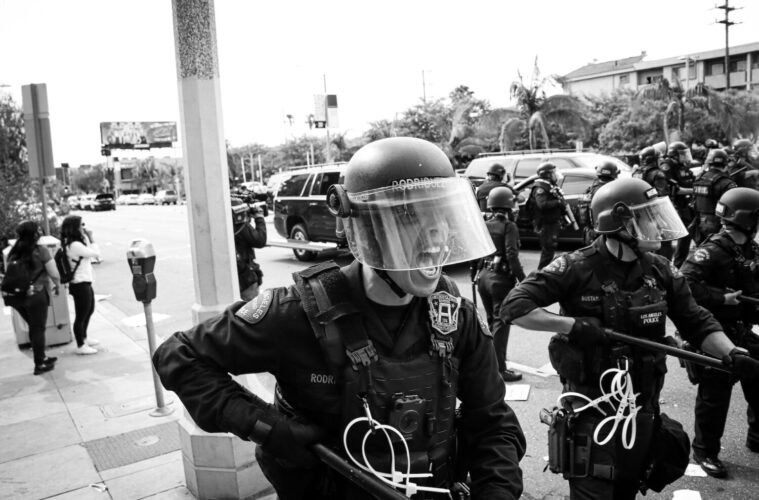The Sentencing Project has released its latest report on racial disparities in policing in America.
The report is called One in Five: Disparities in Crime and Policing. The report is another example of the longtime criminal justice reform advocates at The Sentencing Project pushing for reform. In its eyes, the battle is over effective and humane responses to crime that minimize imprisonment and criminalization of youth and adults by promoting racial, ethnic, economic and gender justice.
The report’s title is based on the “generational shift” as the authors described it that saw one in three Black men born in 1981 likely to see imprisonment drop to one in five in 2001.
Some of the report’s biggest takeaways included Black Americans were 9.3 times as likely as whites to be homicide victims in 2020, American Indians were 4.3 times as likely, and Latinxs were 1.9 times as likely, based on age-adjusted figures. The authors noted homicide is generally an intra-racial crime, these figures correspond to higher rates of homicide offending among these communities of color, which is attributable to spatially-concentrated urban
poverty resulting from longstanding and ongoing segregation, discrimination and disinvestment.
Another takeaway further reinforced how racist traffic stops can be, and how much that is a problem, given the millions that are happening every year across America. The authors noted among those they pull over, police are more likely to search Black and Latinx drivers (9.2%) than whites. But police are often less likely to find drugs or weapons among the Black and Latinx drivers that they search, compared to whites.
The latest data also continued to show Black and white Americans use illicit drugs at the same rates, but Black people make up about one in four people getting arrested for drugs. This means that 25% of all drug arrests are coming from the 14% of the population Black Americans make up. Additionally, the report notes in 2019, this population comprised 36% of arrests for serious violent crimes (51% for murder and nonnegligent manslaughter) and 30% of arrests for property crimes. When it came to marijuana, the disparities were very pronounced. The report notes in 2018, Black Americans were 1.2 times as likely to use marijuana as whites, but Blacks were 3.6 times as likely to be arrested for marijuana possession.
“Ending racial inequity in the criminal legal system requires both effectively tackling disparities in serious criminal behavior and eliminating excessive police contact,” the authors noted.
There was also a deep link between education, socioeconomics and incarceration. The authors noted in 2016, nearly two-thirds of imprisoned individuals had not completed high school, 17% had spent time in the foster care system, and 14% reported being homeless in the year before their arrest.
The report also noted that despite its death in New York City, stop-and-frisk tactics are very much alive and well, and as racist as ever. The report pointed to a 2022 analysis of the Milwaukee Police Department’s stop-and-frisk practices, conducted by the Crime and Justice Institute. The researchers found Black residents were 4.5 times as likely to get stopped by law enforcement, 10.1 times as likely to be subjected to a field interview, and 2.6 times as likely to be frisked as white residents.
Advertising disclosure: We may receive compensation for some of the links in our stories. Thank you for supporting LA Weekly and our advertisers.

